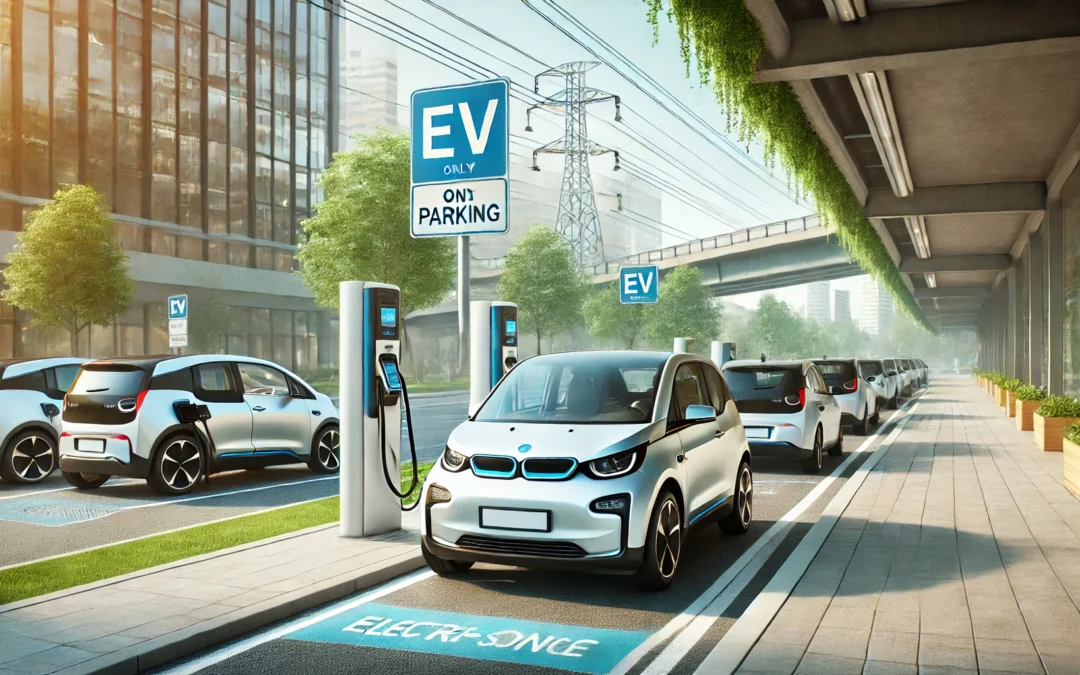Electric Vehicles: A Growing Force in Sustainable Driving
With the rise of environmental awareness and the shift toward cleaner energy, electric vehicles (EVs) are becoming a more common sight on our roads. These vehicles offer benefits such as reduced emissions, lower fuel costs, and the convenience of home charging. If you’re considering making the switch to an electric vehicle or already driving one, here are key insights to help you navigate the roads safely and sustainably.
Charging Infrastructure and Parking
Many cities and municipalities are now reserving specific parking spaces for EV charging. These dedicated spots are typically marked with clear signage, and only vehicles that require charging should use them. Parking in an EV spot without charging can result in fines and may prevent other drivers from accessing the power they need.
Tips for Using EV Parking Spots:
- Charge Only When Necessary: Once your vehicle is fully charged, move it to a regular parking space to free up the charger for others.
- Follow Time Limits: Some charging stations may have time restrictions to ensure turnover. Make sure to abide by these to avoid fines.
- Identify Charging Levels: Public charging stations usually offer Level 2 (240V) or DC fast chargers. Choose the appropriate one based on how much charge you need and how much time you have.
Driving an Electric Vehicle
EVs are quiet, efficient, and have different driving characteristics compared to traditional gas-powered cars. Many EVs feature regenerative braking, which recovers energy during braking and feeds it back into the battery. This not only extends the range of your vehicle but also reduces wear and tear on your brakes.
Maximizing Efficiency:
- Drive Smoothly: To get the most out of your EV, accelerate and brake smoothly. This will help conserve energy and extend your driving range.
- Monitor Your Range: EVs display a range estimate, letting you know how far you can drive before needing to charge. Be mindful of this and plan charging stops as necessary.
- Plan Ahead for Long Trips: While EV charging infrastructure is expanding, it’s still important to plan your routes when traveling long distances. Use apps or in-vehicle navigation systems to locate charging stations along the way.
Environmental Impact
One of the most significant benefits of driving an EV is the positive impact on the environment. Electric vehicles produce zero tailpipe emissions, which means they contribute to cleaner air and lower greenhouse gas emissions.
Green Driving Habits:
- Use Renewable Energy: If possible, charge your vehicle using renewable energy sources like solar power. Many EV owners install solar panels at home to further reduce their carbon footprint.
- Reduce Load: Keep your vehicle light by removing unnecessary items. Extra weight can decrease the efficiency of your EV, lowering the range and requiring more frequent charging.
Conclusion
Electric vehicles are not only the future of driving but also a step toward a more sustainable world. By following proper charging etiquette, maximizing efficiency, and adopting green driving habits, you can make the most of your EV while contributing to a cleaner environment. As EV technology continues to evolve, drivers can look forward to even more convenient and eco-friendly solutions on the road.






Recent Comments